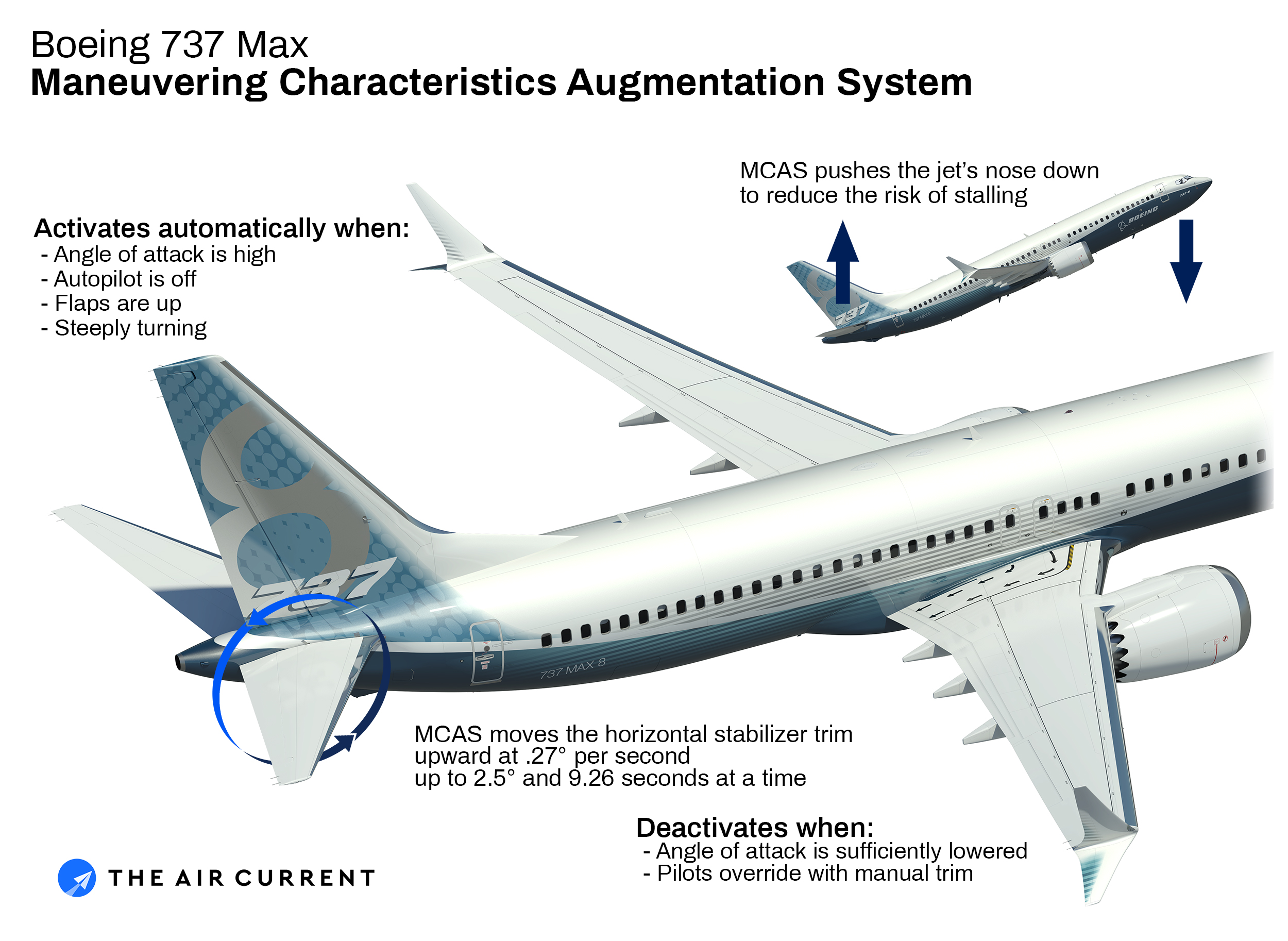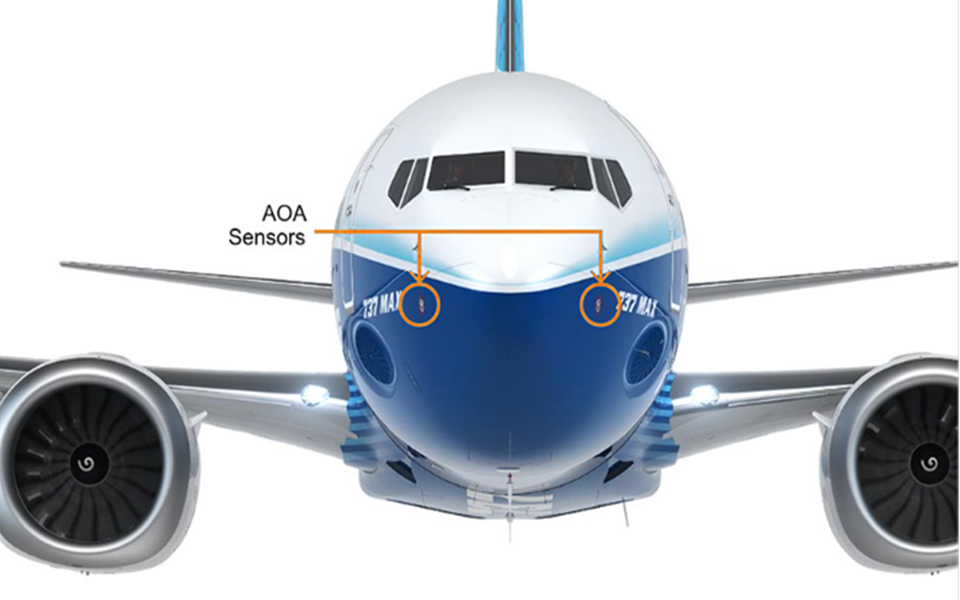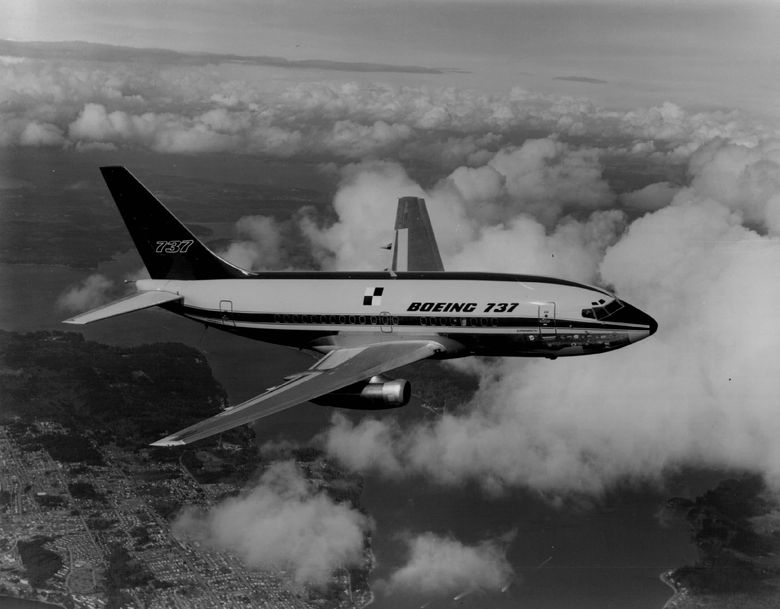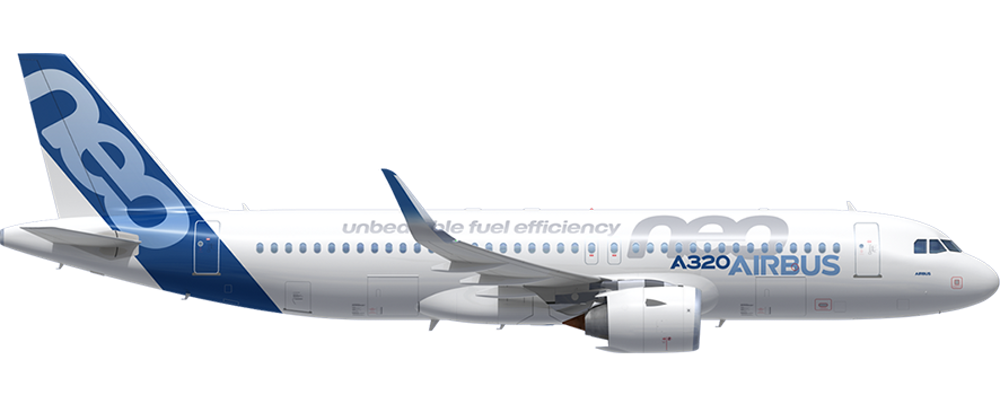There certainly have been some significant changes in our world since the last post on this site, so I will give you a quick recap on what we have learned so far and then queue into the discussion today which focuses on aviation administration that may have had underlying effects on this 737 MAX crisis.
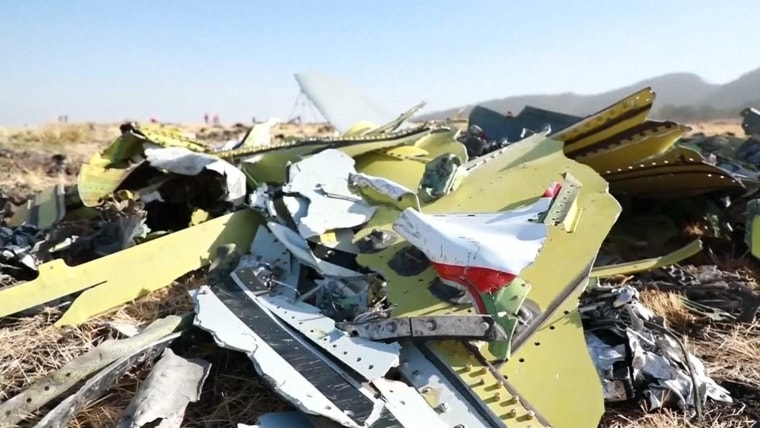
On October 29th, 2018 and March 10th, 2019 Boeing 737 MAX airplanes went down in Indonesia and Ethiopia respectively. These two crashes had no survivors and killed a total of 346 people including flight staff and passengers. The 737 MAX was later investigated and determined to be too dangerous to continue flight until significant changes were made. While correct, this ruling has sent the company Boeing into a downward spiral and completely derailed the initial concept for this release which was supposed to be a stopgap until an entirely new aircraft could be developed to keep level with the up and coming competitor Airbus. As the situation continues to develop, it is important to remember all the perspectives and each part within the system that failed. Last time, we talked about the MCAS system which was supposed to make the aircraft behave in a more familiar way for the pilot. This design was not flawless as it should have been leaving the blame entirely on Boeing there. This time, we will talk about how it is important to scrutinize the systems and regulations that allowed pilots to be unprepared and an airplane of this nature to reach the runway.
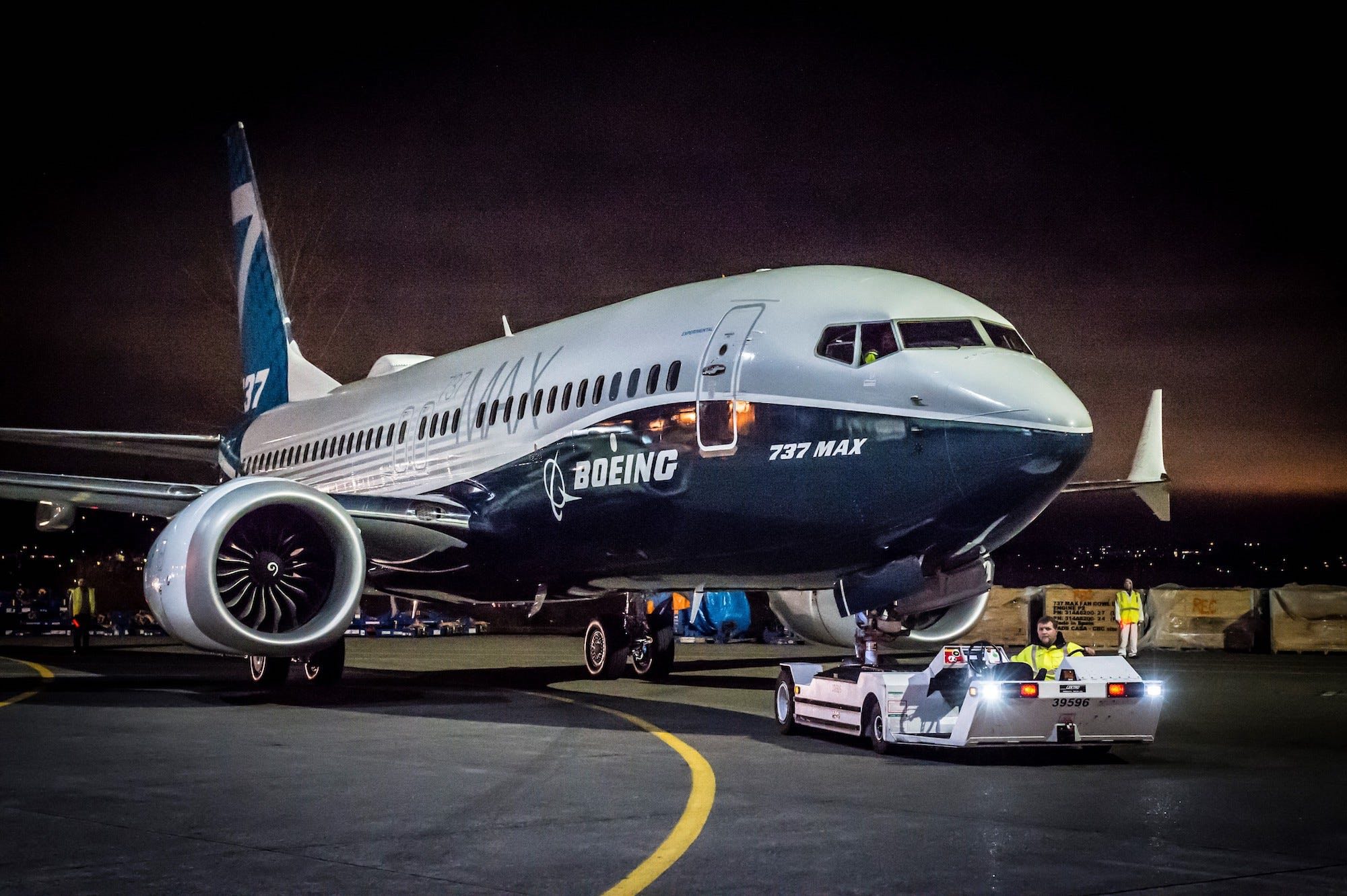
The United States has represented a hub of aircraft technology, innovation, and commercial potential in the aviation industry. Therefore, it is no surprise that the Federal Aviation Administration (FAA) is one of the foremost regulatory bodies across the globe. Since August 23rd, 1958, the FAA has been pushing the standards for United States aircraft and setting precedents for other aviation administrations (“A Brief History of the FAA”). After the two recent crashes of the Boeing 737 MAX, members of the media and the public began to question how an airplane with clear and systematic flaws could make its way through the many checks that FAA officials carry out before the airplane is even manufactured. For many, the idea of FAA officials being private employees, paid by the airline manufacturers, was startling. How could it be possible to be impartial and thorough in examining every part of an aircraft when the business is pushing that employee to complete the task quickly so that the next phase can begin? One of the key reasons for having government certified private employees is to make sure that the engineers responsible for putting an airplane in the air are a part of the design and testing process from the beginning. By having first-hand experience with the aircraft, an employee of the manufacturer will have more knowledge than an independent government official could ever receive in a similar time. (Thrush) To maximize business continuity and time required for assessing an aircraft, private certification is necessary. Today, the question is whether or not independent certification should be administered as well.

Another area of significant concern for the aviation industry is the lack of an international governing body that is able to enforce highly effective and standardized rules across all member nations. Right now, the International Civil Aviation Organization (ICAO), a United Nations specialized agency, sets “civil aviation Standards and Recommended Practices (SARPs) and policies in support of a safe, efficient, secure, economically sustainable and environmentally responsible civil aviation sector (“About ICAO”).” While this appears to be exactly the regulation necessary for the world to all be on the same standards, the reality is that nations like the United States with significantly greater aviation capacity also have significantly higher bars set for airplanes to be considered air worthy and pilots to be allowed to fly. For example, the copilot on the 737 MAX that crashed in Ethiopia had only 361 total hours of career flying logged. To become a pilot at of one of the major airlines in the United States, 1500 hours would have been required. (Gates) These numbers are purely to demonstrate that the standards of flight requirements in different nations are inconsistent. Some people have been using these facts to claim that under the same circumstances no United States pilot would have encountered the same issues and even if they did, they would have been able to carry out the recovery sequence more efficiently to regain control. While there may be a sliver of truth to this as experience never hurts, it would be foolish to say that the conditions pilots on either of the crashed flights faced were not extreme, stressful, and challenging. Looking back at the disparity in flight hours, it is clear that an international standard should be developed. Whether it be the ICAO or some other aviation governing body, pilots and passengers should feel confident in the equipment that they are using and depending on to get from one location to another safely.
One of the concepts that has sustained throughout the investigation of the Boeing 737 MAX jet from many perspectives is the necessity of change. From Boeing, to aviation certification, to international regulation, to consumer standards in this industry, everyone must rethink what it is they require and what is necessary to regain trust and confidence in one of the most important businesses across the world. Pushing any technology towards greater innovation will always produce new risks and consequences that were previously unknown. Our engineers find methods to implement new ideas that can change lives and they strive towards perfection. As a society, we need to require that in areas that contain life threat, perfection is achieved, from research, to design, to manufacturing, to regulating, to flying.
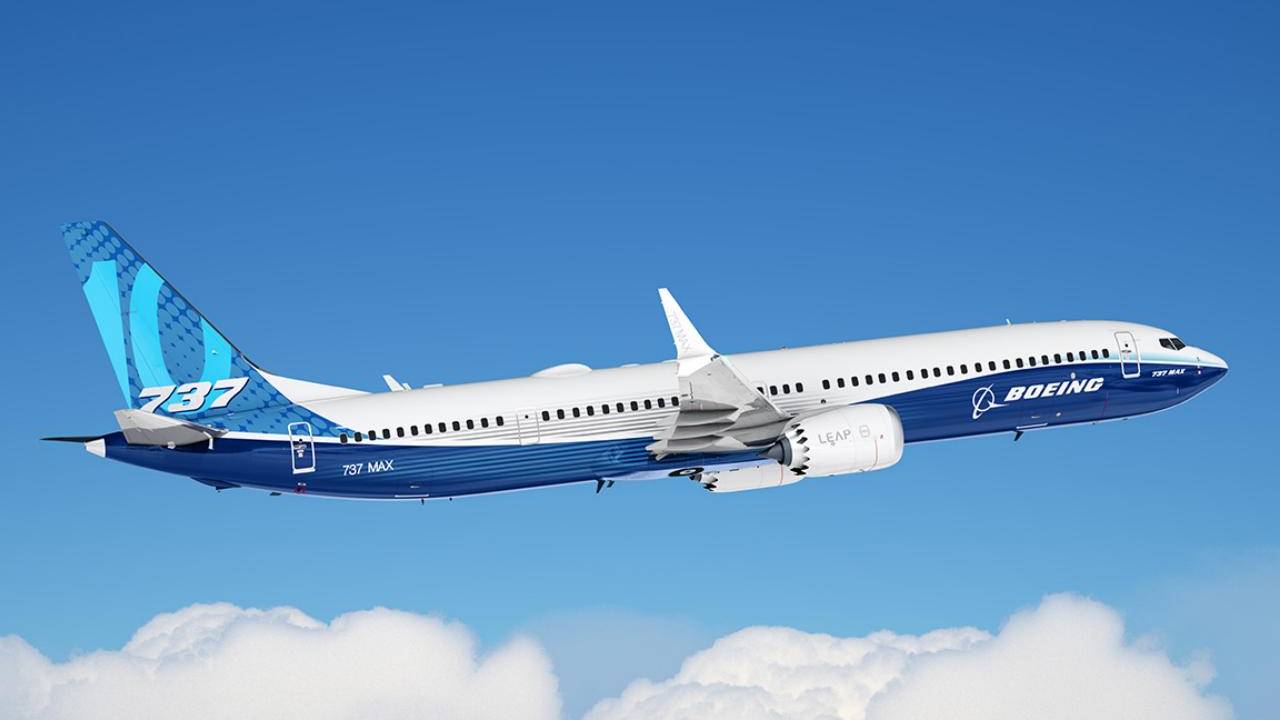
Sources:
“About ICAO.” About ICAO, www.icao.int/about-icao/Pages/default.aspx.
“A Brief History of the FAA.” FAA Seal, 4 Jan. 2017, www.faa.gov/about/history/brief_history/.
Gates, Dominic. “How Much Was Pilot Error a Factor in the Boeing 737 MAX Crashes?” The Seattle Times, The Seattle Times Company, 15 May 2019, www.seattletimes.com/business/boeing-aerospace/how-much-was-pilot-error-a-factor-in-the-boeing-737-max-crashes/.
Thrush, Glenn. “F.A.A. Chief Defends Boeing Certification Process at House Hearing.” The New York Times, The New York Times, 15 May 2019, www.nytimes.com/2019/05/15/us/politics/boeing-faa-congress.html.

